You might assume the world’s best road cyclists have access to the fastest and most expensive technology.
In most cases, that is true. But there are a few notable exceptions.
Extremely aero and lightweight bike frames are outlawed, along with drag-reducing clothing, such as long socks.
Equipment restrictions from the UCI, the sport’s governing body, aren't the only barrier, though. Sponsor commitments can also limit a rider’s choice of components, kit and nutrition.
So here are four examples of road tech WorldTour pros can’t have, but you can.
Radical bike frames

Triathlon bikes can be aero-optimised to the Nth degree because that sport is not subject to UCI laws on bike-frame dimensions.
These dictate that UCI-legal bikes must maintain the traditional ‘double-triangle’ shape. The front triangle is the space between the top tube, head tube, down tube and seat tube. The connection between the seat tube, seatstays and chainstays creates the rear triangle.
However, triathlon bikes are often made from a single piece of carbon (in a monocoque construction). The Cadex Tri bike, for example, lacks a top tube and has horizontal, as opposed to diagonal, seatstays.
Water storage is integrated into the very deep down tube, which adds weight but improves aerodynamics for straight and flat triathlon bike legs.
The large discrepancy between design rules for time-trial bikes and triathlon bikes is a problem, not only because it slows down road cyclists.
Since triathlon is a profitable, global sport, the market for triathlon bikes is much larger than for UCI-legal time-trial bikes.
An unequal arms race
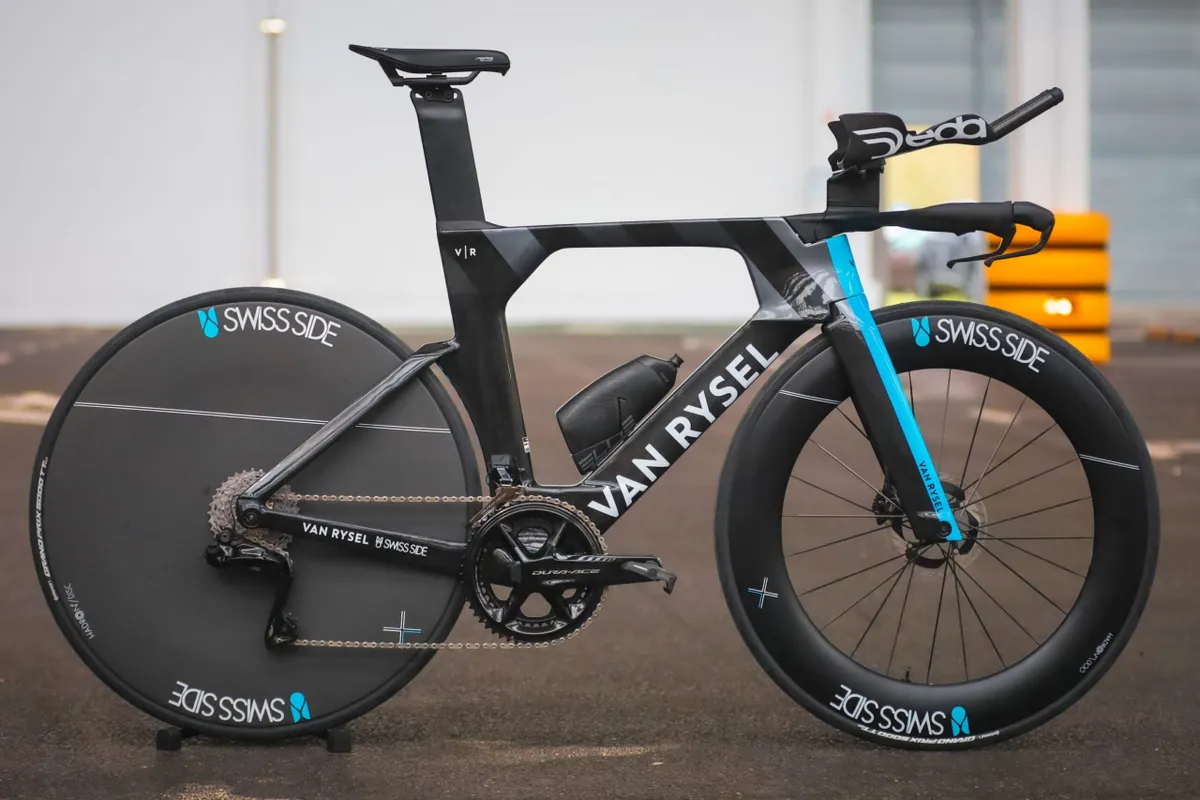
The demand for time-trial bikes is small and decreasing, due in part to the popularity of road-bike time trials in the UK. As a result, the incentive for bike brands to invest in UCI-legal time-trial bikes is diminishing too.
For example, Team TotalEnergies rides blacked-out Specialized Shiv TT bikes because its bike provider, ENVE, does not make its own.
On the other hand, Pinarello put a lot of resources into developing a fast and UCI-compliant time-trial bike for Team Ineos, which has TT specialists such as Filippo Ganna on its roster.
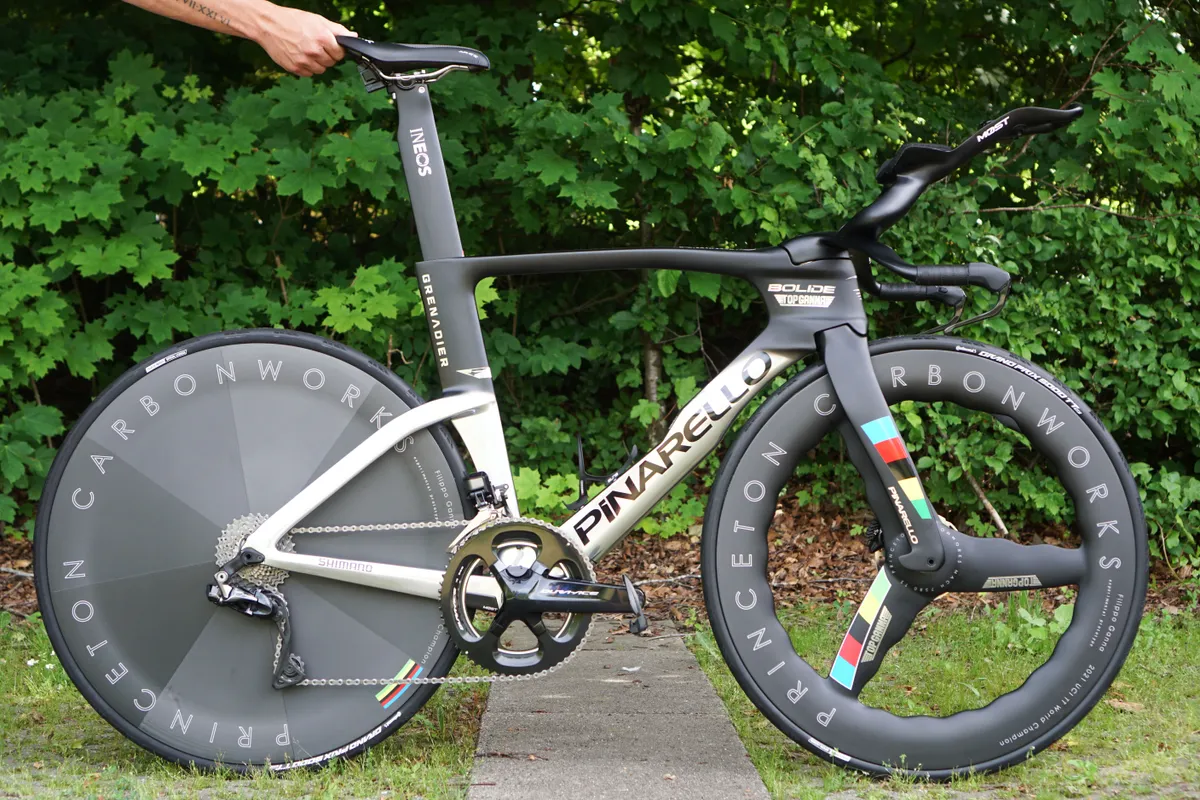
Perhaps the UCI should get rid of time-trial bikes altogether to level the playing field.
WorldTour riders already use their road bikes in some uphill time trials. The 2023 Tour Down Under prologue also saw riders use road bikes, because the cost and logistics of shipping dedicated TT machines to the other side of the world was prohibitive for this week-long stage race.
If cycling is to become more financially and environmentally sustainable, maybe transporting and maintaining a separate fleet of seldom-used bikes won’t make sense for other races in the future.
Ultra-light bikes
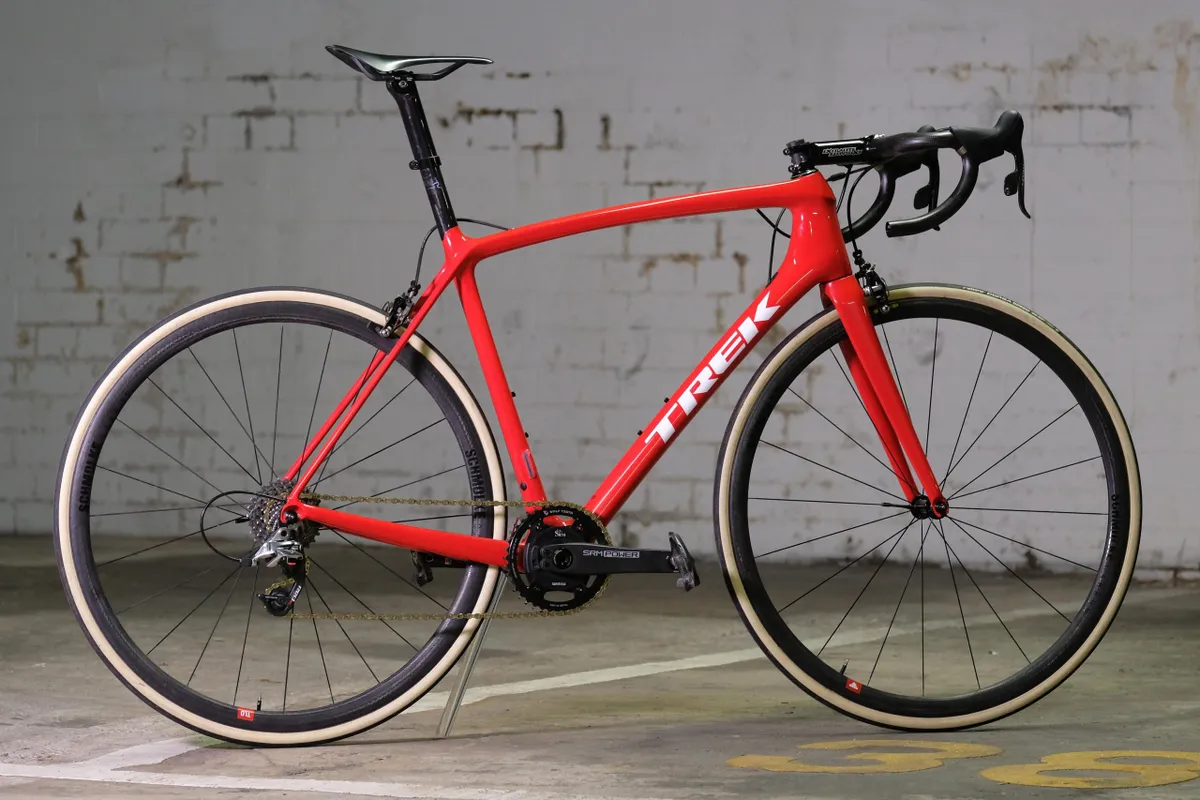
You can have a lighter bike than a Tour de France winner because of the UCI’s minimum bike weight limit of 6.8kg.
Most of the bikes at the UK National Hill Climb Championships weigh in below this limit. Some use expensive parts to do so, but many don’t.
In the era of rim brakes and rounder, skinnier tube shapes, off-the-peg road bikes often weighed less than 6.8kg.
For example, the 2015 Trek Émonda SLR 6 weighed 6.5kg in a size 52cm, even with an Ultegra groupset plus alloy wheels and an alloy cockpit.
Nowadays, with practically every road bike having disc brakes and aero-optimisations, most bikes weigh more than 7kg, even in flagship specs.
2024's Ultegra-equipped Madone 7 SLR Gen 8 weighs 7.27kg in a size 56cm, despite having carbon wheels and a one-piece carbon cockpit.
The aero revolution
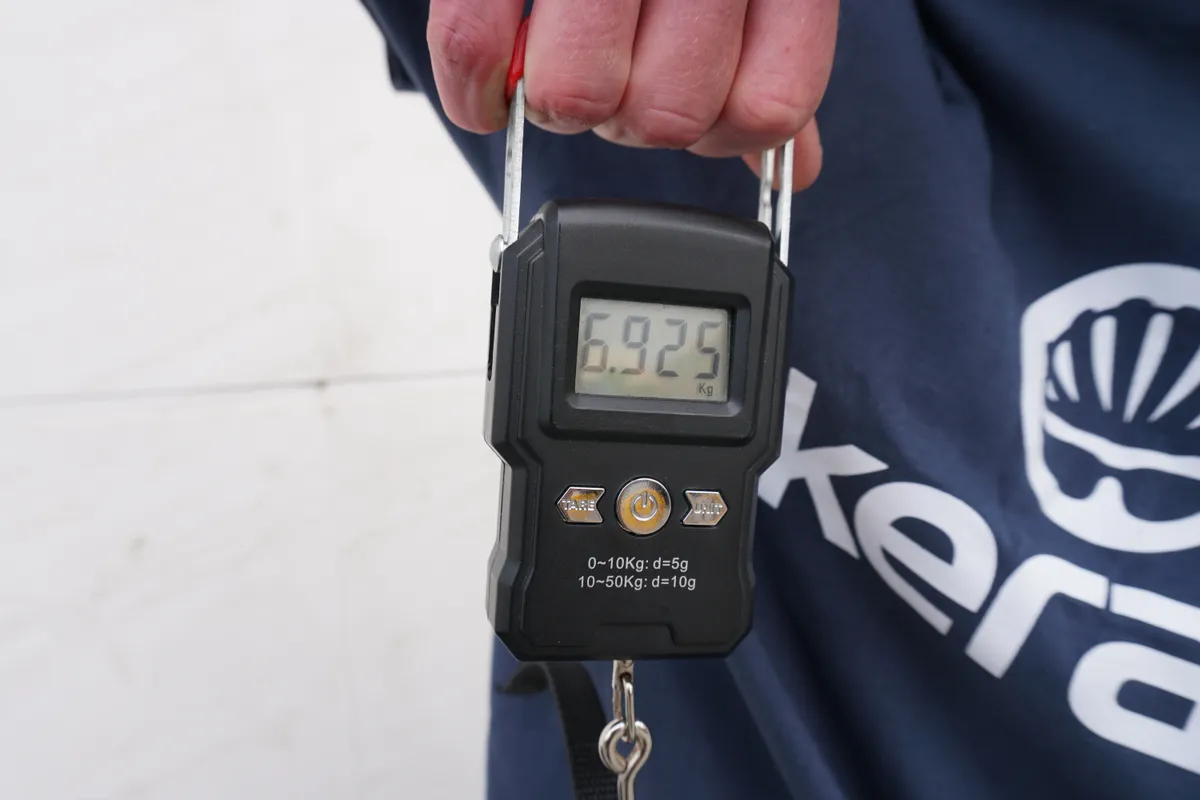
You don’t hear much complaining from WorldTour teams about the UCI’s weight rule, though.
The race speeds are so high that the best aero road bikes will be faster than lighter climbing bikes in almost every stage.
It's rare to see Movistar Team or Alpecin-Deceuninck riders breaking out the Canyon Ultimate CFR instead of the Aeroad CFR, for example, or Team Jayco AlUla riders opting for the Giant TCR over the Propel.
What’s more, the universality of aero tubing and disc brakes means few WorldTour bikes are close to the weight limit, except in the smallest sizes. The flyweight Canyon Aeroad CFR of Einer Rubio, the pint-sized Movistar climber, is one example.
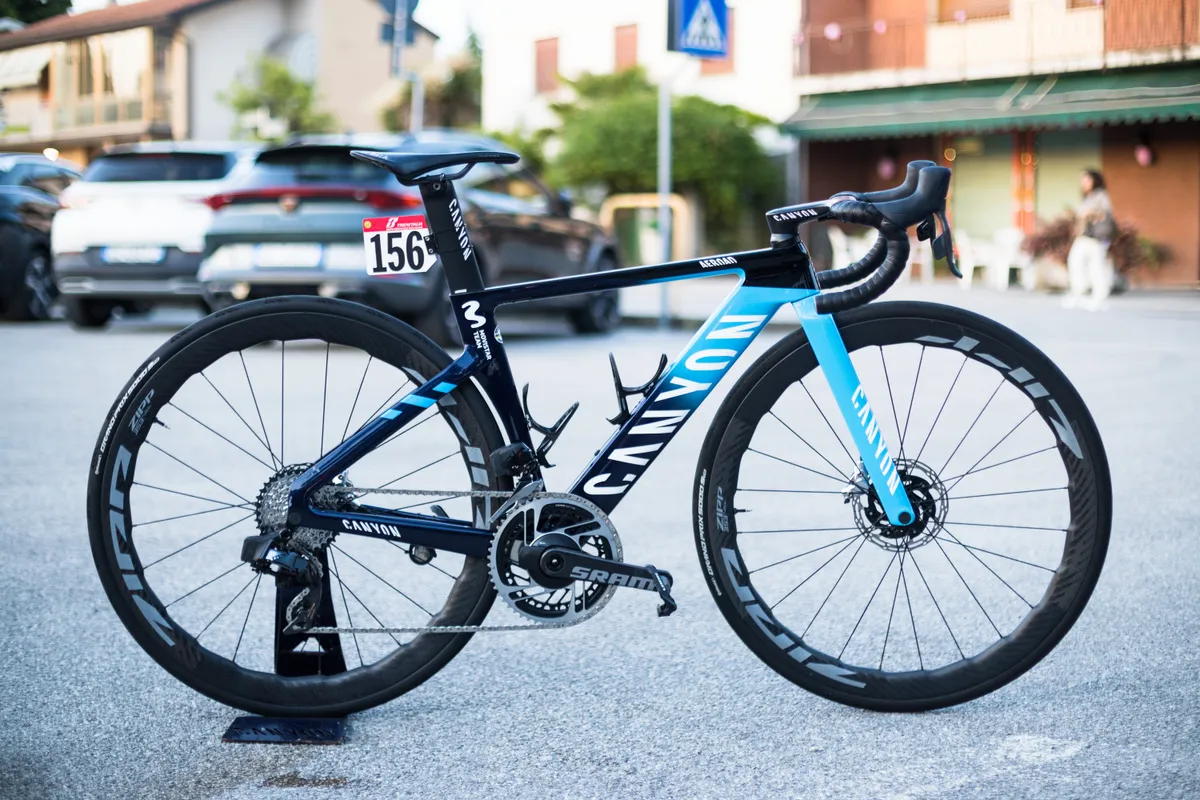
But the weight limit is not proportionate to rider weight. So, for a lighter racer, the bike makes up a bigger proportion of their inert mass (anything apart from muscle, be it body fat or bike weight).
Minimising inert mass improves your climbing because gravity dictates that your power-to-weight ratio is paramount when riding uphill.
If a 55kg and 75kg rider have a similar body fat percentage, a 6.8kg bike contributes relatively more ‘dead weight’ to the lighter rider.
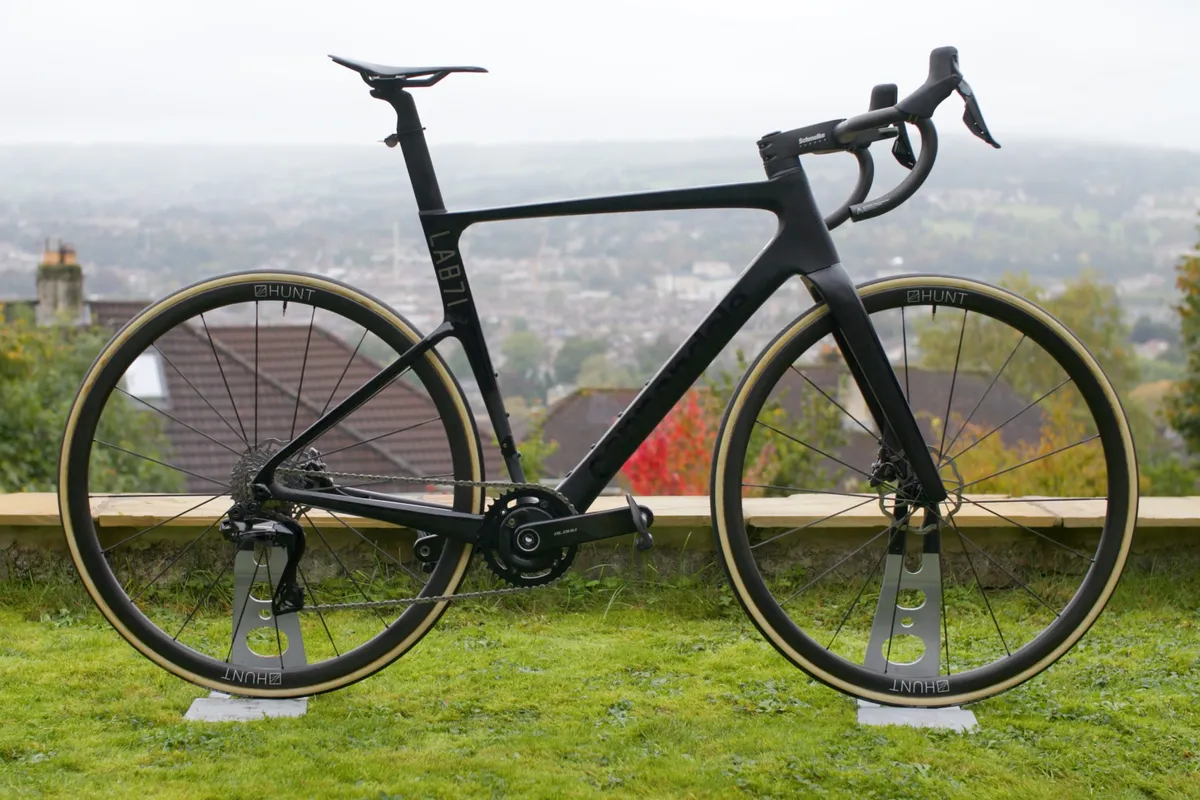
Therefore, it would arguably be fairer for more petite pros to be able to race lighter bikes.
Could they do more damage on the hills this way and make racing more exciting? Maybe.
It’s worth remembering that safety concerns were partly behind the UCI’s introduction of the 6.8kg minimum bike-weight limit.
Before its introduction in 2000, brands pushed hard for ever lighter frames and the UCI was concerned the bikes would eventually become unsafe and/or difficult for riders to handle.
Long socks and other fairings
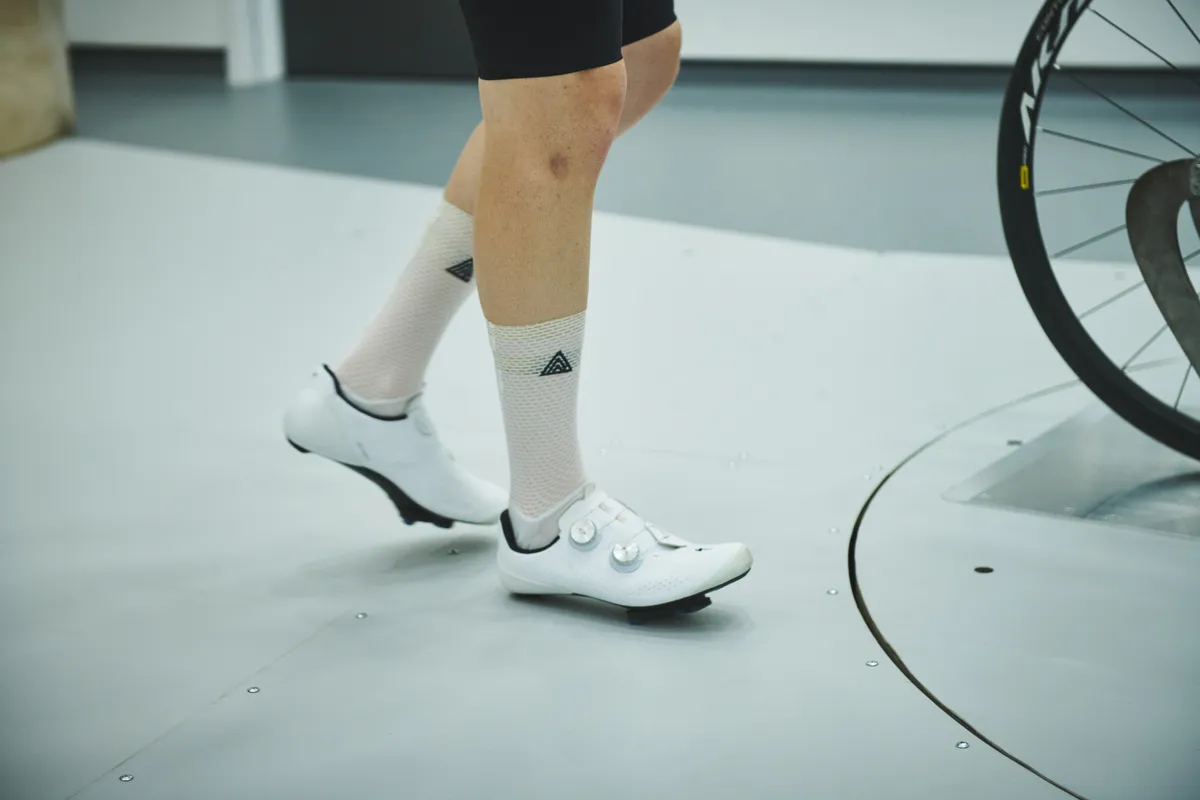
In UCI-sanctioned events, competitors cannot wear socks that extend higher than the midpoint of their calves.
The UCI introduced its sock-height rule in October 2018, after riders cottoned on to the aerodynamic gains offered by socks made from aerodynamic fabrics.
Manufacturers can make fabrics more aerodynamic than skin, so longer socks have been proven to be a good aero upgrade.
Therefore, in UK time trials not run under UCI rules, you’ll often see the top riders wearing knee-high aero socks or overshoes.
As with the UCI threatening to ban the radical Giro Aerohead II time trial helmet in the immediate aftermath of it release, the rationale for the sock-height regulation was believed to be mainly aesthetic.
A long banned list
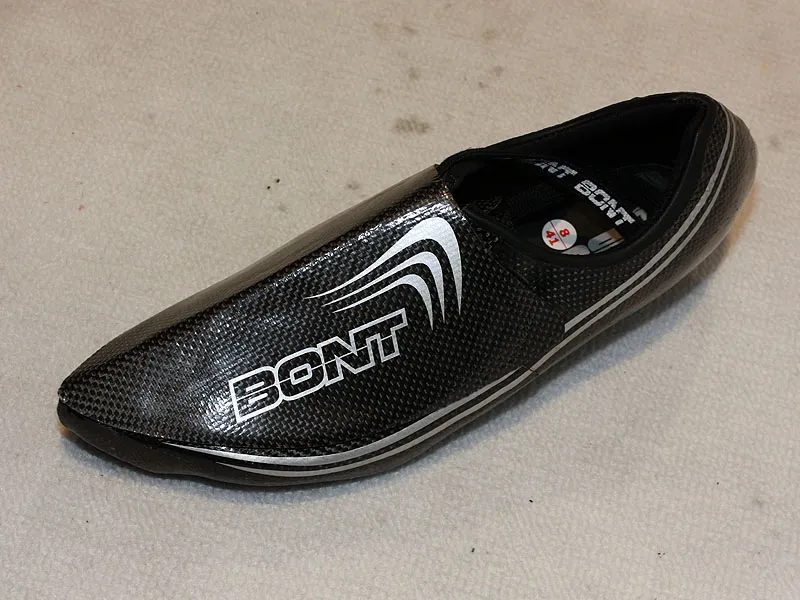
Long socks are just one of the things the UCI has banned under the umbrella of non-essential aero accessories.
Others include Mavic rim strips, Bont Chrono cycling shoes, winged skinsuits (with fabric between your armpit and arm), aero mittens, gloves integrated into your skinsuit and aero gel, which you rub into your skin to reduce drag.
The UCI also classes chainring covers and detachable helmet covers as non-essential aero accessories, because they act as fairings, which influence airflow to reduce drag.
Non-sponsor-compliant kit
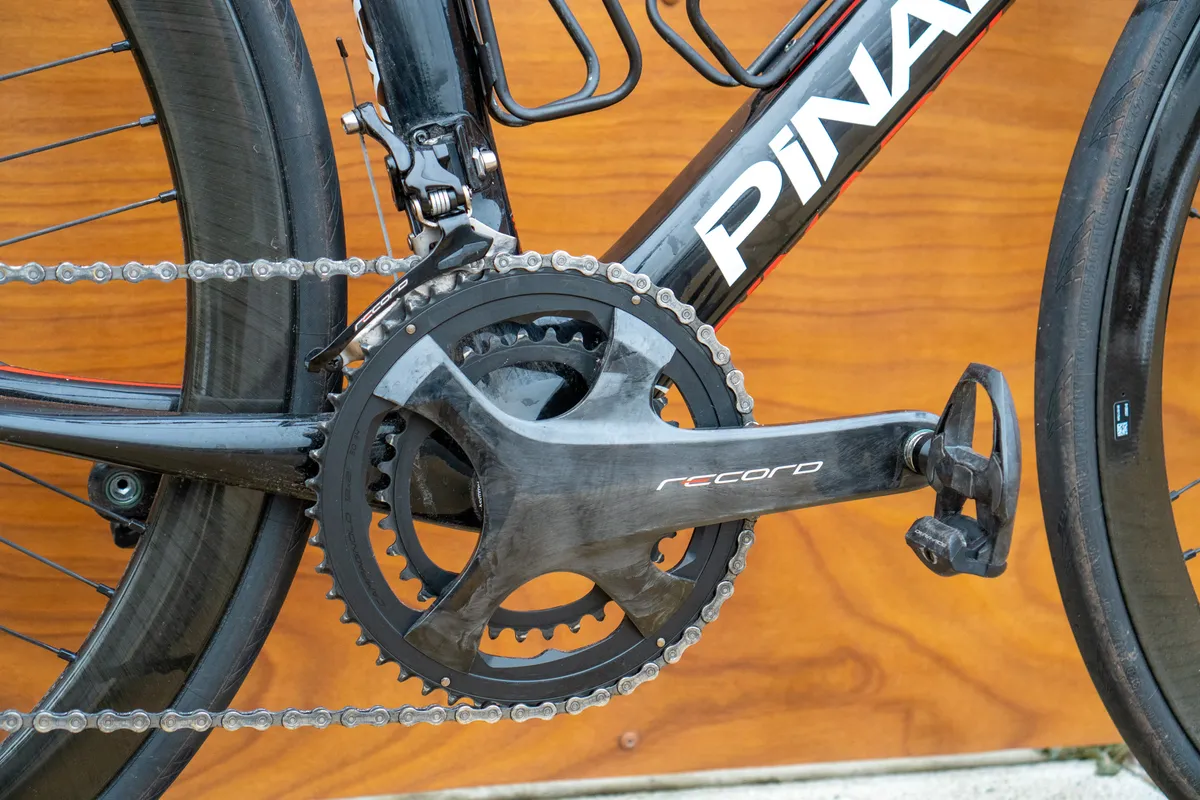
If you don’t have sponsor commitments, you can mix and match your cycling kit to your heart's content.
If your favourite bib shorts, jersey and jacket are from different brands, don’t let some people’s cycling fashion snobbery get in the way – let’s be honest, we all look a bit silly anyway in our Lycra, helmets and cleats.
Pros, on the other hand, don’t get a choice. From their helmet and pedals to energy gels and drinks, everything is dictated by who supplies what to their team.
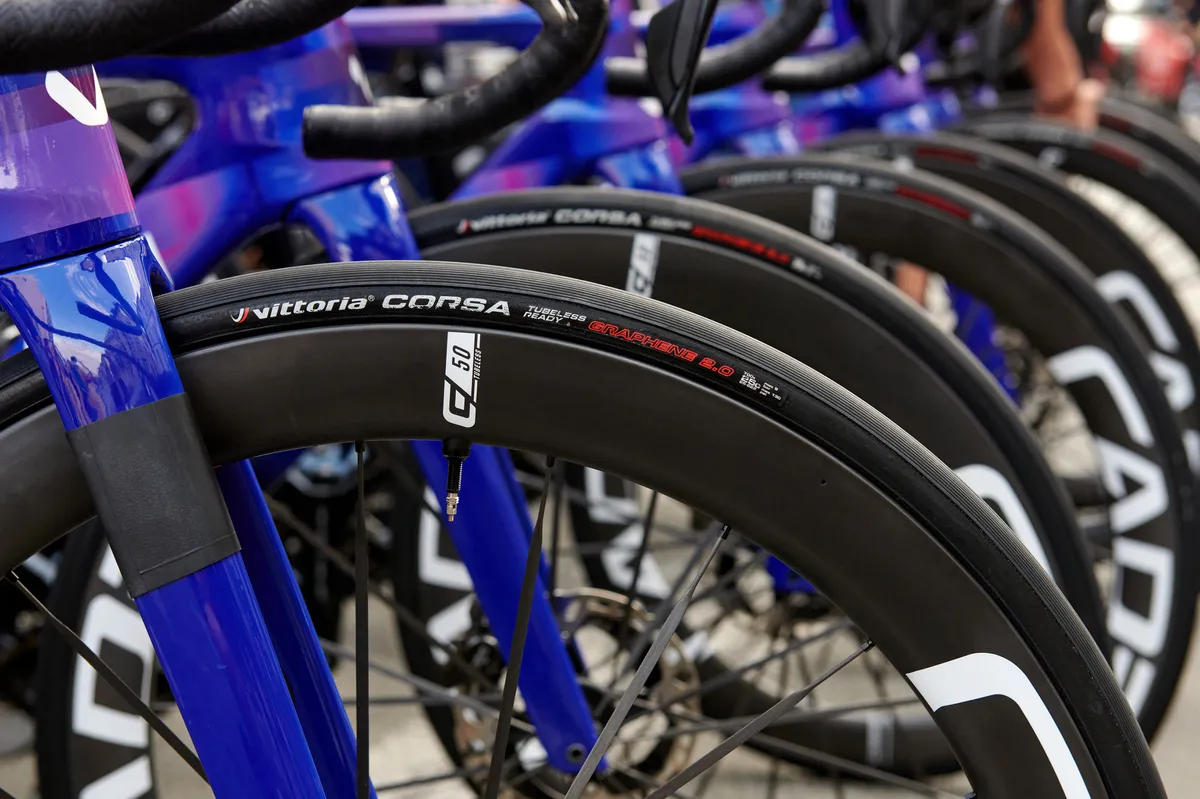
The same goes for bike components. If a team’s road bike tyres are slow, its riders might still have to use them.
Pro teams occasionally find ways to get around this though. Unbranded versions of the Castelli Gabba jacket were once a common sight in cold or wet races. In recent years at the Tour de France, we’ve also seen teams not sponsored by Continental using the German brand's highly-rated GP5000 S TR tyres with black marker pen covering the branding.
So the next time you’re dreaming about a pro-spec bike you can’t afford, consider yourself lucky: free from UCI laws and sponsor restrictions, you can ride anything you want.
